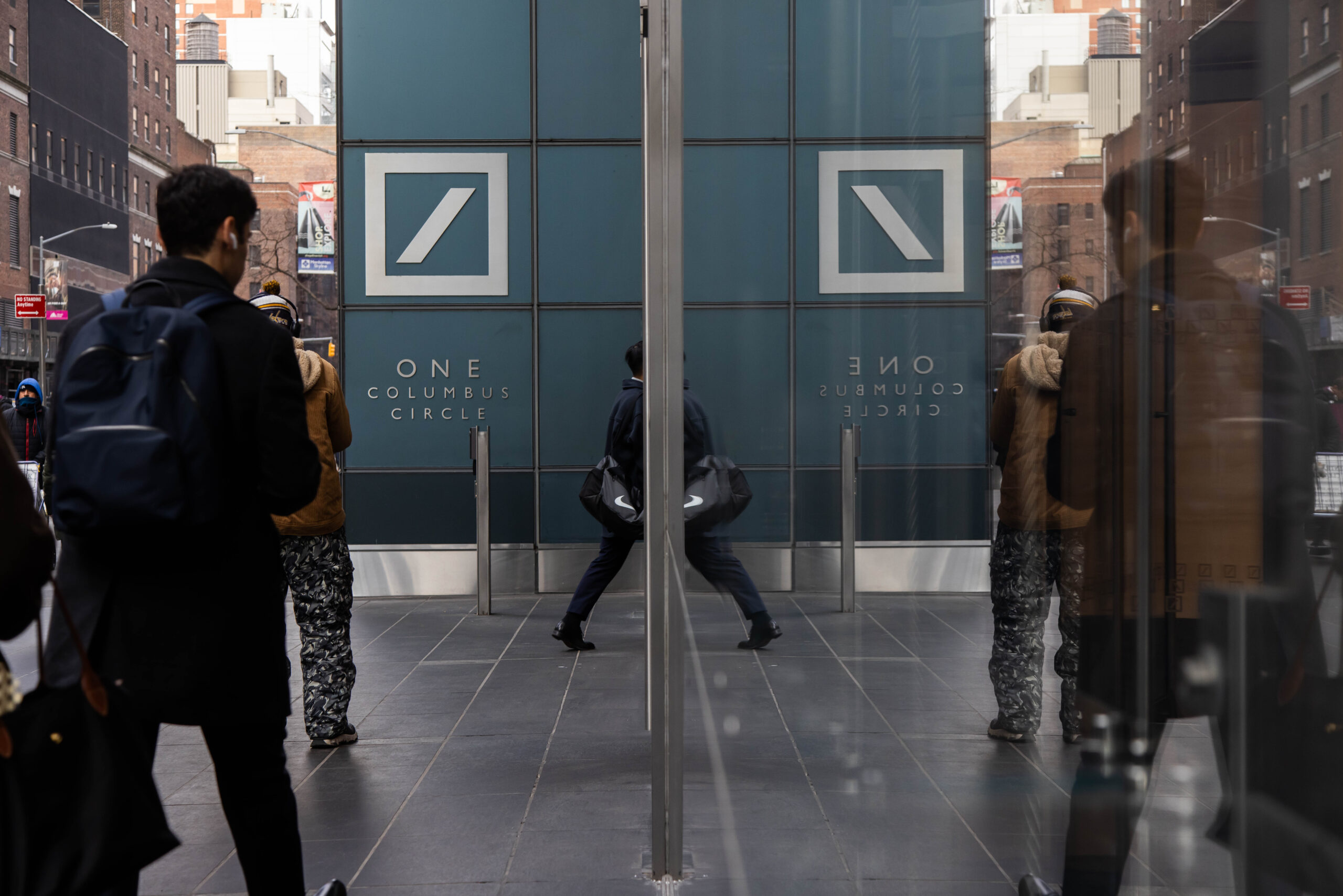In a recent earnings report, Allstate reported positive changes as a result of its move toward an integrated digital enterprise.
According to Matt Winter, Allstate president, claims is a good place to start deploying emerging technologies because of the many areas of inefficiencies, such as the windshield time adjusters waste driving to car inspections and to body shops to review initial estimates and supplements.
“We looked at that and realized that emerging technologies, data and analytics could rectify that and take some of the inefficiencies out of the system,” Winter said.
LexisNexis Risk Solutions’ 2017 Future of Claims Study released earlier this year, found that more progressive carriers are integrating a virtual claims handling approach. The report found that self-service options are expected to increase within the next five years, “primarily driven by technology and Millennial customer preferences.” The study also found that virtual claims processing could increase process efficiencies, lower loss adjusting expenses (LAE) and enhance customer service. The report found that those insurers using virtual technology shortened auto claims cycle time from 10-15 days to 2-3 days.
All respondents to its study reported using a traditional, field inspection approach to handling auto claims, according to the LexisNexis report. Virtual claims handling was being implemented by 38 percent of respondents.
Allstate’s second quarter earnings report indicated an improvement in combined ratio, especially in its auto segment. According to a press released that coincided with the earnings report, “The recorded combined ratio of 95.8 in the second quarter of 2017 was 5.4 points better than the prior year quarter and was favorably impacted by increased premiums earned, lower claim frequency and favorable prior year reserve re-estimates primarily related to injury coverages.”
According to the insurer’s earnings call, its auto underlying combined loss ratio, 92.8, improved based on increased premium, lower frequency and favorable reserve estimates.
“The underlying combined ratio for the second quarter was 85.5. The underlying combined ratio for the second quarter includes…$52 million dollars of restructuring expenses, primarily related to the expansion of QuickFoto claim, our virtual estimating platform. This expansion resulted in improved efficiencies and a closure of a number claim drive-in offices,” said John Dugenske, chief investment officer.
Allstate began quietly closing its auto drive-in estimating centers earlier this year in an effort to transition customers to its QuickFoto mobile app claims option. According to a March 10 letter sent to repair shops in its Good Hands Repair Network, the insurer explained the decision to move away from physical inspection sites to virtual inspections.
The Good Hands Repair Network shouldn’t see any reduction in car volume as a result of the closures, the letter stated.
QuickFoto Claims, which has been around for a couple of years, offers claimants the ability to submit vehicle damage photos via their mobile device, the insurer stated.
Other digital innovations include a new immediate claims payment method, Quickcard Pay, launched last year.
Within the last quarter, Allstate opened two digital operating centers.
“They handle auto claims on a countrywide basis by estimating through photos. Approximately half…of all driveable vehicles are currently being inspected through our QuickFoto method of settlement. That has led to the shutdown of many of our drive-in claims centers and it has led to a reduced need for field adjusters since we took a lot of that inefficiency out of the systems,” Winter said.
Adjusters can review photos at their workstations without having to go to the body shop. They are also utilizing Virtual Assist, a video chat technology, to review supplemental damages with auto body shops.
Virtual Assistant is available to other insurers, offered through Allstate’s tech startup, Arity.
“The combination of all those things has led to a dramatically more productive and more efficient claims system,” said Winter.
Winter emphasized the reduced claims cycle time, down from 5-7 days to 24 hours, leading to cost savings and greater customer satisfaction.
“The productivity in addition to savings has been tremendous,” Winter said.
The insurer maintains quality and accuracy by continually testing through secondary reviews and on-site reviews, said Winter, who noted that the number of supplements was slightly using QuickFoto.
The insurer continues to hone its ability to enhance photos.
“Overall, the quality has been quite good,” Winter said.
According to CJ Przybyl, Chicago-based Snapsheet co-founder and president, who offered an overview of self-service claims and technology during a brief teleconference earlier this year, their estimates based on photos alone are 98.5 percent accurate.
Was this article valuable?
Here are more articles you may enjoy.

 Deutsche Bank, Mudrick Sue Ambac Over $65 Million Transfer
Deutsche Bank, Mudrick Sue Ambac Over $65 Million Transfer  Ticketmaster May Have Broken Law With ‘Platinum’ Oasis Seats
Ticketmaster May Have Broken Law With ‘Platinum’ Oasis Seats  New Fire Maps Put Nearly 4M Californians in Hazardous Zones
New Fire Maps Put Nearly 4M Californians in Hazardous Zones  An Unusually Active Hurricane Season Is in Store for the Atlantic
An Unusually Active Hurricane Season Is in Store for the Atlantic 